The lathe has been a staple tool in the machining industry for centuries, providing precision and efficiency in shaping and cutting materials. However, as with any tool, regular maintenance and sharpening are crucial for optimal performance.
In particular, sharpening lathe tools is an essential skill that can greatly improve the quality of your turning. Whether you are a seasoned professional or a beginner in machining, understanding the importance of proper lathe tool sharpening techniques is vital to achieving precise and accurate results.
Here, we will delve into the key aspects of lathe tool sharpening and how it can enhance your turning abilities. From the basics of tool geometry to the various sharpening methods and techniques, we will provide you with a comprehensive guide to mastering this crucial aspect of lathe work.
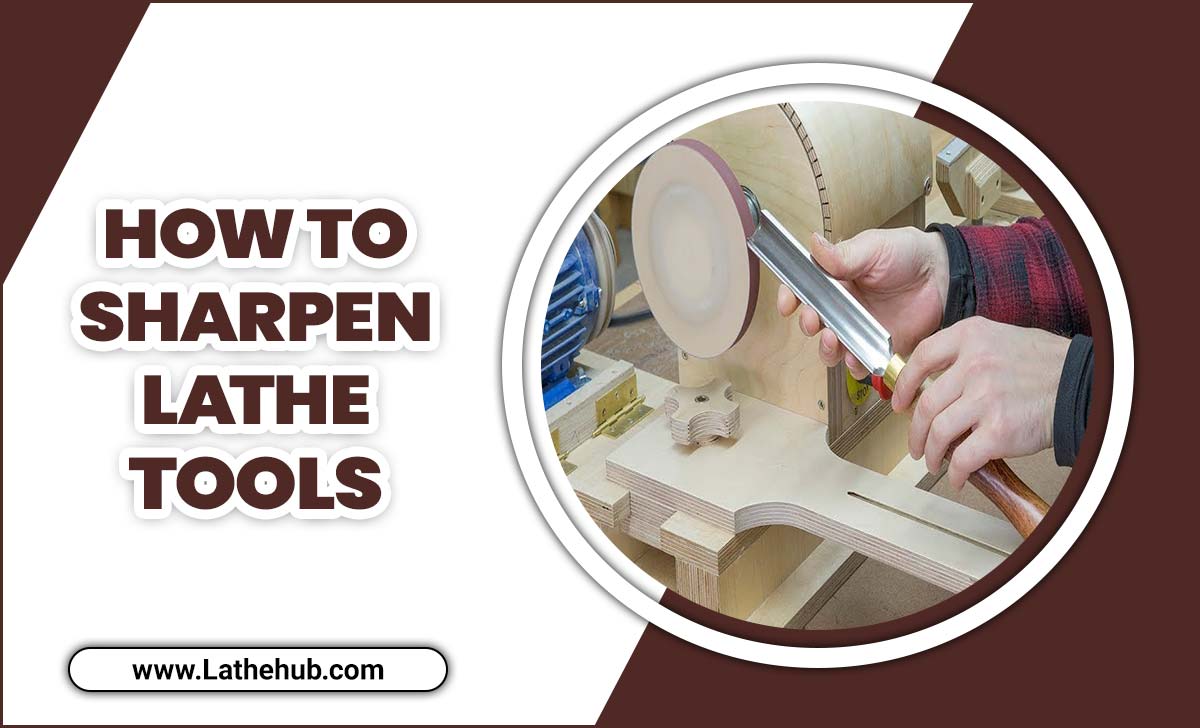
Why Is It Important To Sharpen Lathe Tools?
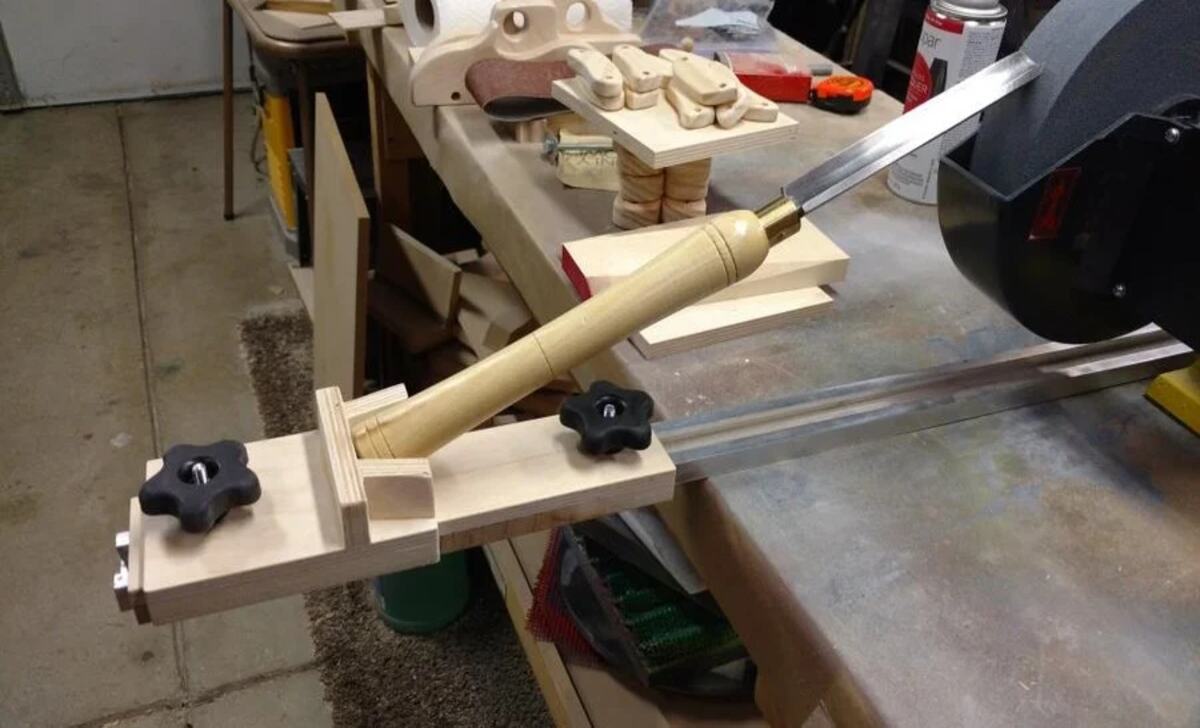
Sharpening lathe tools regularly is crucial for attaining high-quality and precise turned workpieces. It helps to prevent common defects like chatter and tear-out, which can negatively impact the outcome of the workpiece. Regular sharpening also increases the lifespan of the tools, leading to cost savings in the long run.
Sharpened lathe tools reduce cutting forces and enhance machining efficiency, improving productivity and better results. Sharpening requires skill and practice, but mastering this technique will help you achieve better results with your lathe machine. Investing in high-quality sharpening equipment and learning how to use it properly can significantly improve your turning projects.
9 Steps On How To Sharpen Lathe Tools

Gather the necessary tools, including a grinding wheel, diamond dresser, and sharpening jig. Clean the lathe tool to remove debris or rust. Use the diamond dresser to true the grinding wheel and set up the sharpening jig, adjusting it for the angle of the lathe tool. Begin sharpening the lathe tool, starting with the primary bevel and moving on to the secondary bevel. Test the sharpness of the lathe tool with a piece of scrap wood.
Preparing The Tools And Workspace

Before sharpening your lathe tools, preparing your tools and workspace properly is important. Start by gathering all the necessary tools and materials, including a bench grinder or sharpening system, a tool rest, a grinding wheel dresser, safety goggles, and a sturdy workbench.
Ensure your work area is clean and well-lit, with enough space to manoeuvre your tools comfortably. Securing your lathe tools in a vice or clamp is also a good idea to ensure stability while sharpening. By preparing your tools and workspace properly, you can ensure a safe and efficient sharpening process for your lathe tools.
Marking The Tool For Reference
Before sharpening, use a permanent marker to create a reference line on the top surface of the lathe tool. Note the original shape and bevel angle. Re-mark the tool after sharpening. Proper marking ensures consistent angles and accurate reshaping, saving time and effort. This step is crucial for improved turning results. Marking the tool accurately contributes to maintaining the right tools for bowl turning, beads, and other woodworking projects.
Setting Up The Grinder And Tool Rest
Before setting up the grinder and tool rest, having the right tools is essential. Position the tool rest close to the grinding wheel for control, and adjust its angle to match the sharpened tool. Use a slow-speed grinder to prevent overheating, and take breaks to maintain the tool’s shape. A good setup with the right rpm, flat platform, and proper positioning ensures precision sharpening without compromising the tool’s integrity.
Dressing The Grinding Wheel
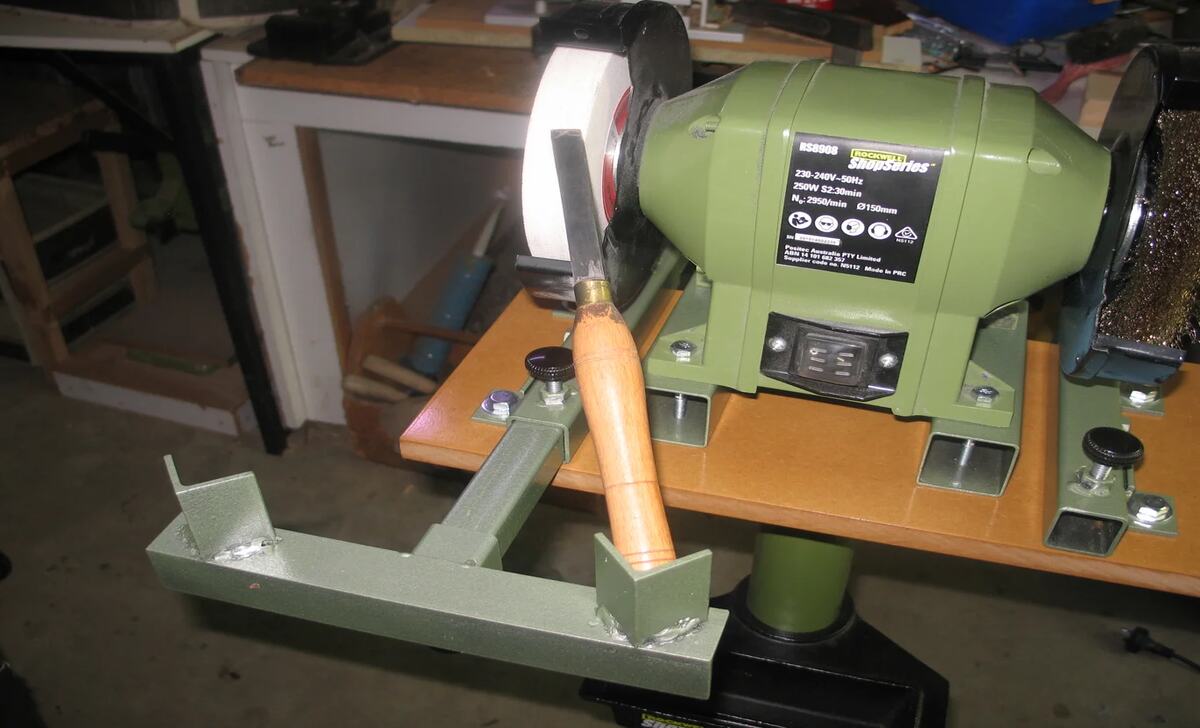
Before sharpening lathe tools, dressing the grinding wheel is essential to ensure optimal results. This process involves removing dirt and debris from the wheel’s surface and maintaining its shape for sharpening. You can use a diamond dresser or coarse abrasive stone for this task.
By dressing the grinding wheel before each sharpening session, you maintain consistency in the results and prolong the life of the wheel. Properly dressed grinding wheels play a key role in preserving the shape and sharpness of lathe tools, ultimately enhancing your turning experience.
Positioning The Tool In The Guide
Positioning the tool in the guide is crucial for sharpening accuracy. The tool should be snugly secured with the bevel flat against the guide’s surface and the cutting edge facing the grinding wheel. Consistent positioning ensures consistently sharp results.
Use the right tools and setup, ensuring the tool is centred. This is the first step to successful lathe tool sharpening, followed by adjusting the angle and using slip stones for fine-tuning. Finally, check for sharpness before repeating the process for other tools.
Adjusting The Angle For Sharpening
When adjusting the angle for sharpening lathe tools, consider the type of tool and the desired outcome. Spindle gouges typically require a 45-degree angle, while bowl gouges may need a sharper one. Use a sharpening jig or tool rest to maintain consistency, and progress from coarse to finer grits when sharpening. Testing the sharpness of scrap wood is crucial before using the tool on your lathe project. Ensuring the right angle is essential for achieving a polished edge and optimal performance.
Using The Slip Stones For Fine-Tuning
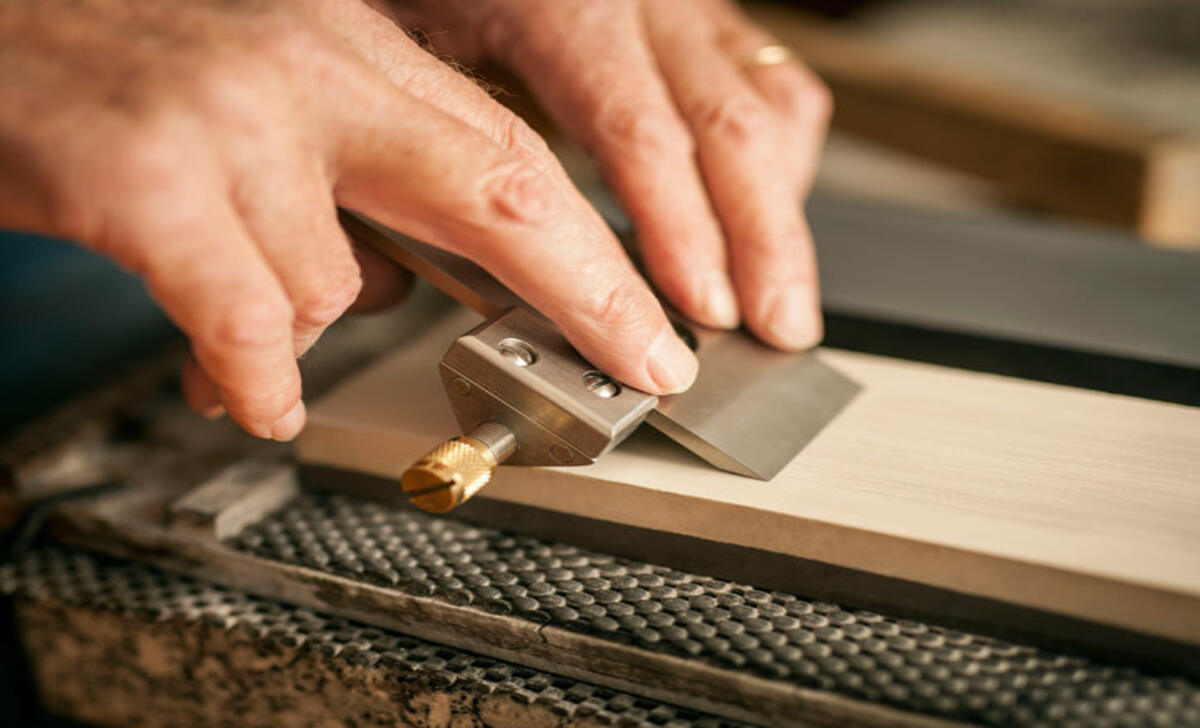
After using a grinder, slip stones play a crucial role in refining lathe tool edges. To prevent clogging and achieve smoother results, applying a lubricant like honing oil is essential. Holding the slip stone at a similar angle to the existing edge and moving it in a circular motion helps maintain consistent pressure and ensures sharpening. Regularly checking the angle and sharpness throughout the process is important. An ideal finish involves honing the edge with a leather strop for a razor-sharp outcome.
Checking For Sharpness
After sharpening lathe tools, it’s crucial to check for sharpness. Run your fingernail across the tool’s edge to feel for a burr, indicating a sharp edge. If no burr forms, continue sharpening until it does. Use a magnifying glass for a clearer view and ensure the tool is sharp. Test it on a scrap piece of wood to confirm its readiness for use. Checking for sharpness ensures optimal performance in your woodworking projects.
Repeating The Process For Other Tools
Once you’ve sharpened one tool, the process can be replicated for all other tools in your set, ensuring precise cuts and smooth finishes. Consistently maintain angles and eliminate any burrs or nicks from the edge. Use a honing guide for uniform sharpening throughout the tool’s length. Regular maintenance and sharpening using tools like a Wolverine jig will enhance performance and longevity. This process is the next step in maintaining sharp lathe tools for impeccable woodworking results.
Safety Precautions And Clean-Up
When sharpening lathe tools, it’s crucial to prioritize safety. First, always wear protective gear like gloves, eye and ear protection. Keep your workspace clean and free from flammable or hazardous materials. Use a dust extractor or face mask to avoid inhaling particles during sharpening. Finally, when finished, dispose of used grinding wheels and other debris appropriately, and remember to turn off and unplug all equipment before cleaning up.
Common Mistakes To Avoid When Sharpening Lathe Tools
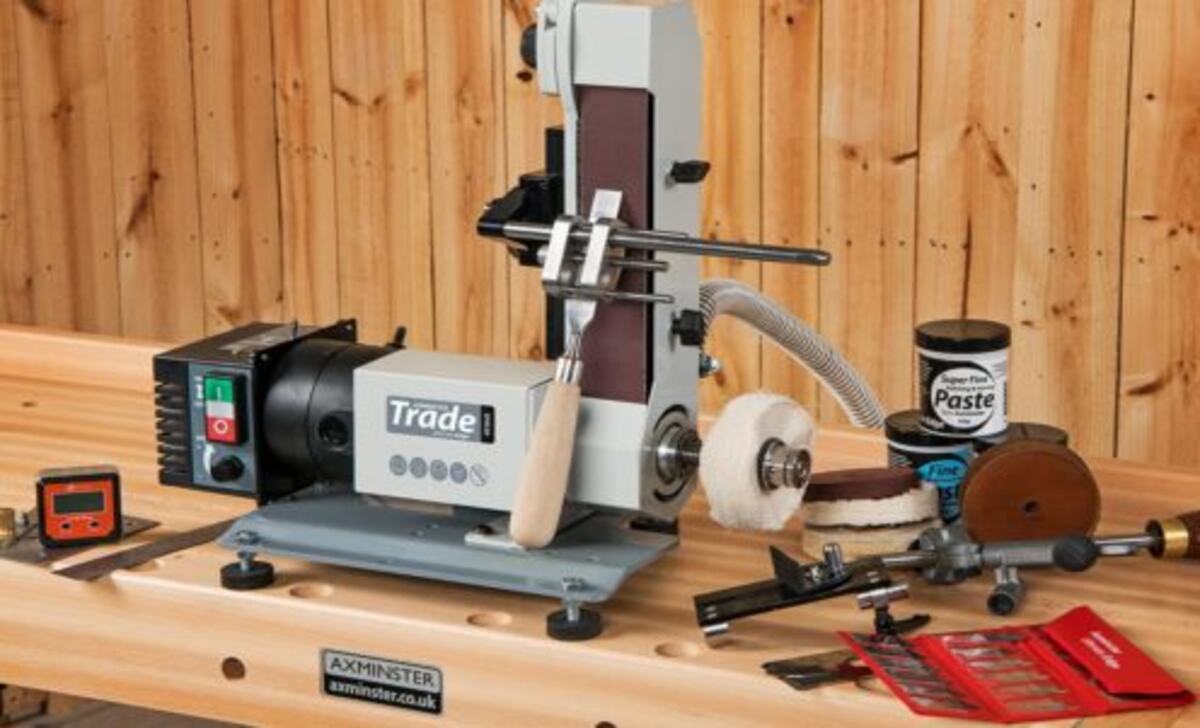
Sharpening lathe tools is an essential skill that every woodworker should possess. Properly sharpened tools enhance the workpiece’s quality and ensure a safe and efficient working environment. To effectively sharpen lathe tools, one must first understand the importance of maintaining a keen edge. A dull tool produces subpar results and increases the risk of accidents due to the added force needed to make a cut. Here are Common mistakes to avoid when sharpening lathe tools:
- Using the wrong angle when grinding the lathe tool
- Applying too much pressure while sharpening can cause overheating and damage to the tool
- Neglecting to balance the grind on both sides of the tool properly
- Failing to maintain a consistent and smooth motion while sharpening the tool
- Not using the appropriate type of grinding wheel for the specific lathe tool material
- Neglecting to regularly check and adjust the tool’s rake angle during the sharpening process
- Ignoring the importance of honing or stropping the tool after grinding to achieve a sharp edge
Tips For Maintaining Sharp Lathe Tools
sharpening lathe tools, the key lies in selecting the right sharpening method and maintaining a consistent angle. Various methods are available, including using a bench grinder, a sharpening jig, or even honing by hand with sharpening stones. Whichever method is chosen, following the manufacturer’s guidelines and adhering to safety protocols is crucial. Here are Tips for maintaining sharp lathe tools:
- Keep lathe tools properly sharpened for optimal performance
- Use a sharpening jig or tool rest to maintain consistent angles
- Regularly inspect tools for any signs of wear or damage
- Clean and oil tools after use to prevent rust and corrosion
- Store tools in a dry and safe place to avoid any accidents or damage
- Use appropriate cutting speeds and feeds to prevent excessive tool wear
- Avoid using excessive force or aggressive cutting techniques that may dull the tools quickly
- Learn proper tool grinding techniques to ensure a sharp, cutting-edge
Benefits Of Using Properly Sharpened Lathe Tools
One must also pay attention to the angle at which the tool is sharpened. Different lathe tools require specific angles to optimize their performance. For instance, spindle gouges typically have a shallower angle than bowl gouges. It is important to consult the tool manufacturer’s recommendations or seek guidance from experienced woodworkers to maintain the correct angle during the sharpening process. Here are the Benefits of using properly sharpened lathe tools:
- Improved cutting performance and efficiency
- Reduced risk of accidents or mishaps
- Greater precision and control in shaping and turning workpieces
- Longer tool lifespan, resulting in cost savings
- Smoother and cleaner finishes on the workpiece
- Enhanced safety for the operator and those working nearby
- Minimized vibration and chatter during the turning process
- Increased overall productivity and quality of work
Advantages Of Using Sharp Lathe Tools In Turning Projects

Several methods can be employed to sharpen lathe tools, including using a bench grinder, a sharpening jig, or honing stones. The choice of method depends on personal preference and the level of precision required. Regardless of the method chosen, it is essential to maintain consistent pressure and movement during the sharpening process to ensure an even and uniform edge.here are Advantages of using sharp lathe tools in turning projects:
- Cleaner and smoother cuts
- Reduced vibration and chatter during turning
- Improved cutting efficiency and productivity
- Longer tool life and reduced tool wear
- Enhanced surface finish on turned projects
- Increased accuracy and precision in shaping and detailing
- Easier control and maneuverability while turning
Conclusion
Properly sharpened lathe tools are crucial in achieving precise and smooth turning. Following a step-by-step guide for sharpening lathe tools can enhance your turning experience and achieve better results.
Remember to prepare your tools and workspace, mark the tool for reference, set up the grinder and tool rest, and adjust the angle for sharpening. Don’t forget to use slip stones for fine-tuning and check for sharpness before repeating the process for other tools. Avoiding common mistakes and regularly maintaining your sharpened lathe tools is also essential.
Using properly sharpened lathe tools offers numerous benefits, including improved control, reduced tear-out, and enhanced efficiency in your turning projects. So, take the time to sharpen your lathe tools correctly and enjoy their advantages to your woodworking journey.
Frequently Asked Questions
1.What Do You Sharpen Lathe Tools With?
Ans: There are various tools you can use to sharpen lathe tools, such as bench grinders and sharpening stones. For carbide lathe tools, diamond sharpening stones are recommended. To maintain consistent angles, honing guides can be helpful. Always follow the manufacturer’s recommendations when sharpening your lathe tools.
2.What Grit Should I Sharpen Lathe Tools With?
Ans: For rough sharpening and removing nicks or chips from lathe tools, a grit size of 80-120 is recommended. To hone and refine the cutting edge, use a grit size of 180-220. Diamond sharpening stones are popular for lathe tool sharpening, but feel free to experiment with different grit sizes for your specific tool and project.
3.Can I Sharpen Carbide Lathe Tools?
Ans: Carbide lathe tools can be sharpened, requiring specialized equipment and expertise. If you’re not experienced with sharpening carbide tools, it’s best to seek professional help. Improper sharpening can cause irreversible damage to the tools.
4.How Do You Sharpen A Lathe Gouge?
Ans: To sharpen a lathe gouge, use a sharpening jig for consistent angles. Start by grinding the bevel using a coarse wheel, then finish with a finer wheel and honing compound for a sharp edge. Remember to practice safe sharpening techniques and always wear eye protection.
5.How Can You Sharpen Lathe Tools?
Ans: Sharpening lathe tools can greatly improve your turning projects. Start by maintaining the correct angle, usually around 60-70 degrees, and use a grinder or sharpening stone. Begin with a coarse grit and gradually move to finer grit for a smooth finish. Always prioritize safety and wear protective gear.


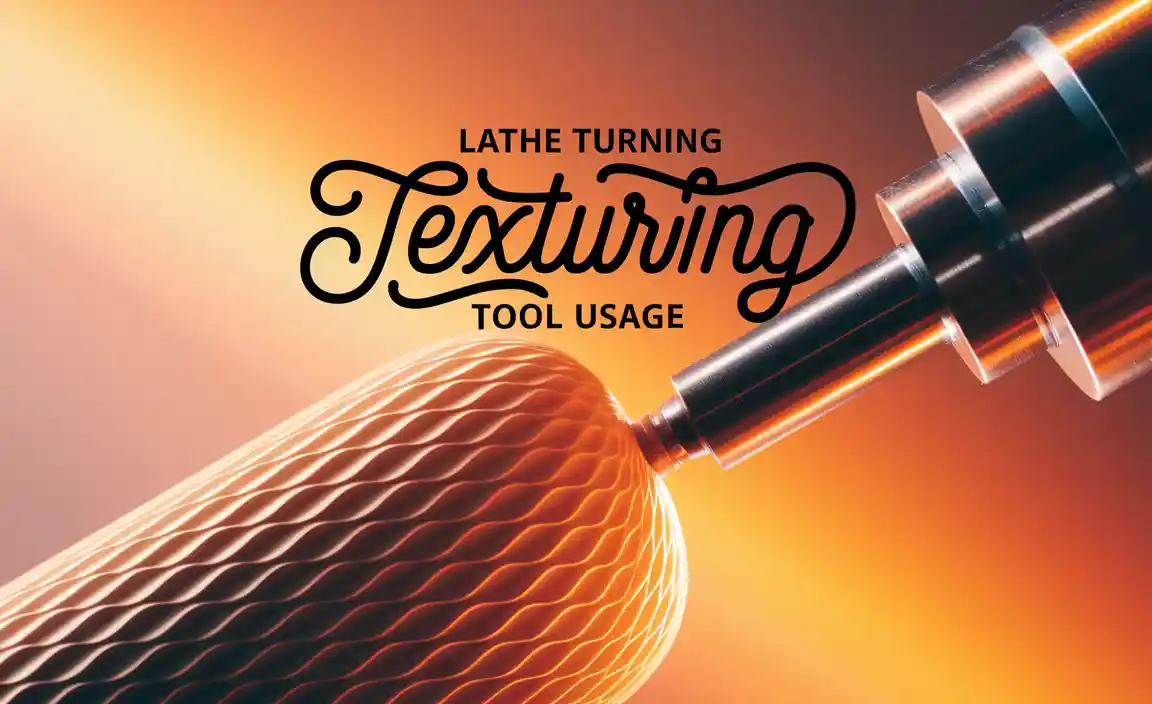
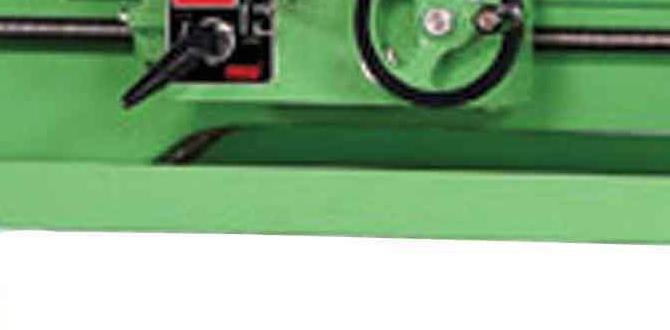



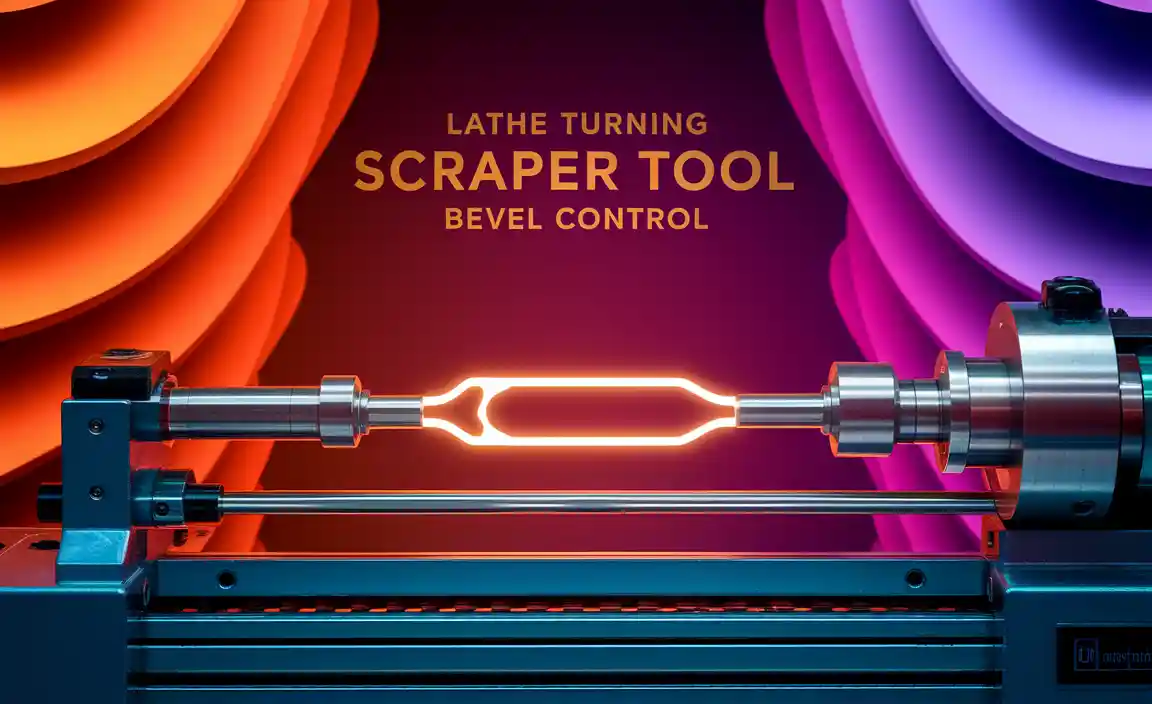

Thanks for sharing. I read many of your blog posts, cool, your blog is very good.